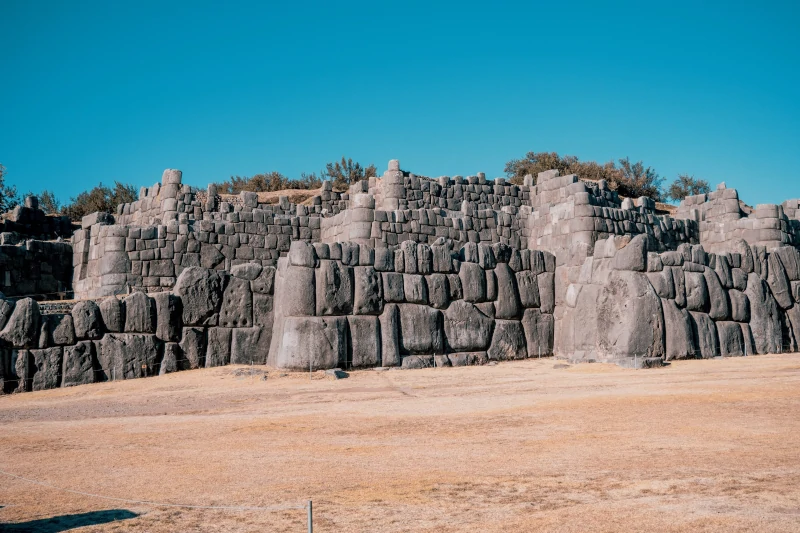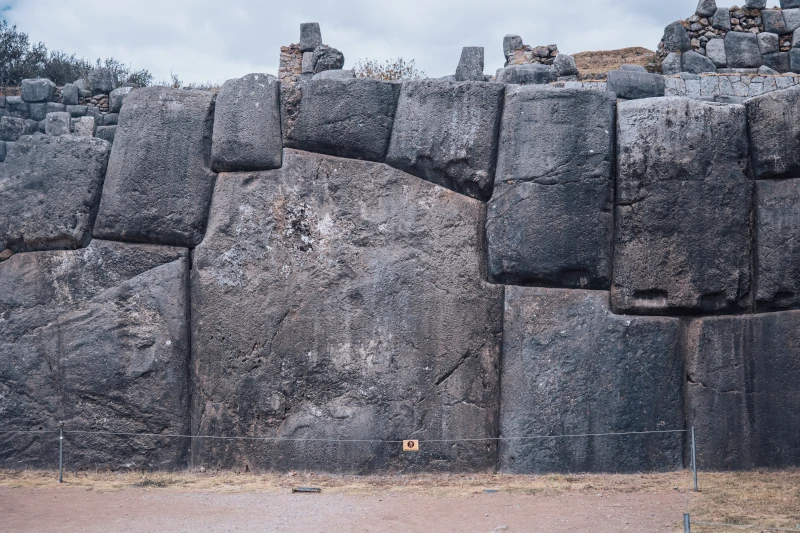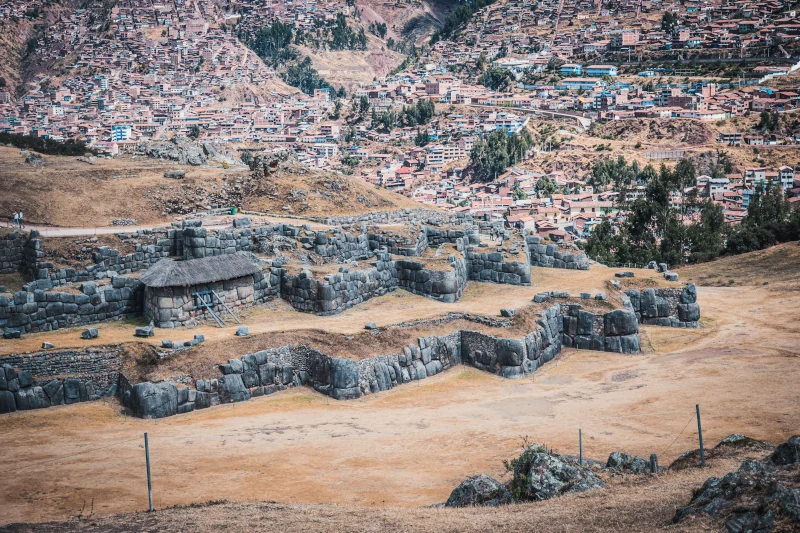In the heart of the ancient Inca Empire, nestled in the Peruvian Andes, lies the enigmatic fortress of Sacsayhuamán. This colossal architectural marvel, built around the 15th century, continues to bewilder historians and archaeologists alike with its intricate design and astonishing precision. Composed of massive limestone blocks, some weighing over 100 tons, Sacsayhuamán stands as a testament to the engineering prowess of the Inca civilization.
But how were these ancient people able to construct such an imposing structure without the benefit of modern tools and technology? In this article, we will delve into the captivating world of the Incas, explore the ingenious techniques they employed, and unravel the mystery behind the construction of one of South America’s most awe-inspiring archaeological sites.
The Incas were exceptional stone masons, and Sacsayhuamán is a prime example of their expertise. One of their key techniques was ashlar masonry, which involved cutting stones with remarkable precision. This allowed them to create tightly interlocking blocks, providing structural stability to their constructions, including Sacsayhuamán.
In addition, the Incas employed a method known as dry stone masonry. This technique eliminated the need for mortar or cement. Instead, they relied on the precise alignment of the stones, which further contributed to the resilience and durability of their structures. The dry stone technique also made the buildings resistant to seismic activity, a common threat in the region.
To achieve this level of precision, the Incas used a technique called “rock pecking.” They meticulously chiseled away at the stone surfaces until the desired shape and smoothness were achieved. This painstaking process is evident in the massive limestone blocks that form the walls of Sacsayhuamán.
Another notable feature of Inca masonry is the use of irregular shapes and polygonal patterns. This approach allowed them to create structures that were not only visually striking but also highly stable. The irregular shapes of the stones in Sacsayhuamán provided additional support by evenly distributing the weight and pressure across the walls.
The Incas’ ability to move massive stones to construction sites, such as Sacsayhuamán, remains a subject of wonder. They employed various methods, including log rollers and levers, to transport these enormous blocks. Additionally, they made use of inclined planes and ramps to ease the movement of stones up steep slopes.
The Incas’ mastery of stone masonry, combined with their innovative techniques, contributed to the astonishing precision and durability of their constructions. Sacsayhuamán stands as a testament to their skills, leaving us in awe of their architectural accomplishments, even centuries later.

The construction of Sacsayhuamán showcases the Incas’ ability to harness local materials and geographical features. They utilized nearby resources, minimizing the need for long-distance transportation and maximizing efficiency. Sacsayhuamán was primarily built using limestone, which was abundant in the region.
The Incas sourced this limestone from nearby quarries, such as the one at Rumiqolqa, situated just a few kilometers away from Cusco city. The stones were transported to the construction site through a combination of manpower and ingenuity. This approach allowed them to build Sacsayhuamán with minimal disruption to the surrounding environment.
In addition to limestone, the Incas made use of other naturally occurring materials, like andesite and diorite. These rocks provided the necessary durability and strength for the construction of the walls and terraces at Sacsayhuamán. Furthermore, the Incas often integrated existing rock outcrops into their structures, creating a seamless fusion with the natural landscape.
The region’s geographical features also played a vital role in Sacsayhuamán’s construction. The site is located on a high plateau, providing natural protection and a strategic vantage point. The Incas took advantage of the terrain’s natural slopes and contours to develop their architectural designs, such as the tiered terraces.
The incorporation of water management systems into Sacsayhuamán’s design further demonstrates the Incas’ understanding of their environment. They developed a sophisticated network of channels, fountains, and drainage systems to supply water and prevent erosion. These systems allowed Sacsayhuamán to function effectively despite the challenges posed by the rugged Andean landscape.
The Incas’ ability to harness local materials and geographical features significantly contributed to the construction of Sacsayhuamán. By thoughtfully utilizing the resources available to them, they built a resilient and enduring monument that still captivates visitors today. Sacsayhuamán is a testament to their resourcefulness, innovation, and deep connection to the natural world.

The Incas’ ability to build monumental structures like Sacsayhuamán relied heavily on their effective labor system. Central to this was the concept of mita, a mandatory labor service imposed on the empire’s subjects. Mita facilitated the mobilization of large workforces for public works projects, including the construction of Sacsayhuamán.
Each community within the Inca Empire was required to contribute a specific number of workers to fulfill their mita obligations. These laborers would then work on projects ranging from road construction to monumental sites like those in the Sacred Valley and Machu Picchu.
Mita labor was organized efficiently, with a strong emphasis on communal cooperation. Work was divided into manageable tasks, ensuring that every individual contributed according to their abilities. This system allowed the Incas to complete large-scale projects, such as Sacsayhuamán, in relatively short periods.
The social organization within the Inca Empire also played a vital role in the success of their construction projects. The empire was divided into administrative units called suyus, which were further subdivided into smaller units. This hierarchical structure facilitated the efficient management of resources and labor.
In addition to mita, the Incas utilized a system of reciprocal labor called ayni. This practice involved communities coming together to assist one another with agricultural and construction tasks. The spirit of cooperation fostered by ayni strengthened social ties and increased productivity.
Also, skilled artisans and architects also played a crucial role in the construction of Sacsayhuamán. These experts were responsible for overseeing the design, planning, and execution of the project, ensuring that the final result met the high standards set by the Inca Empire.

Do not hesitate to give us a call. We are an expert team and we are happy to talk to you.
+51 998 134 635
info@perujungletrips.com
